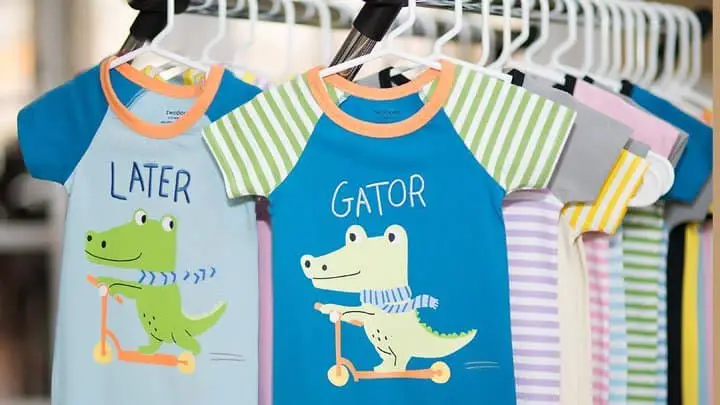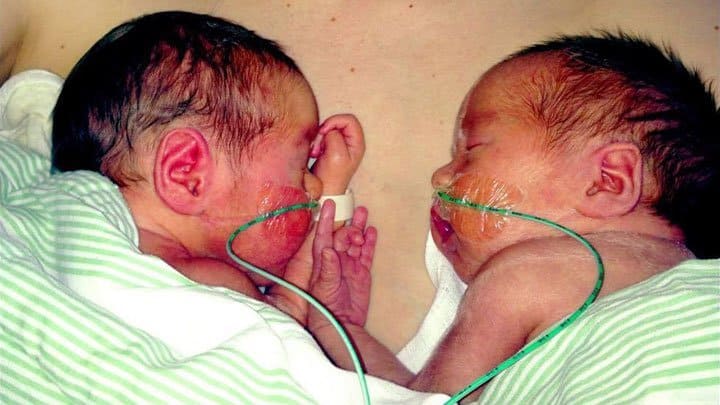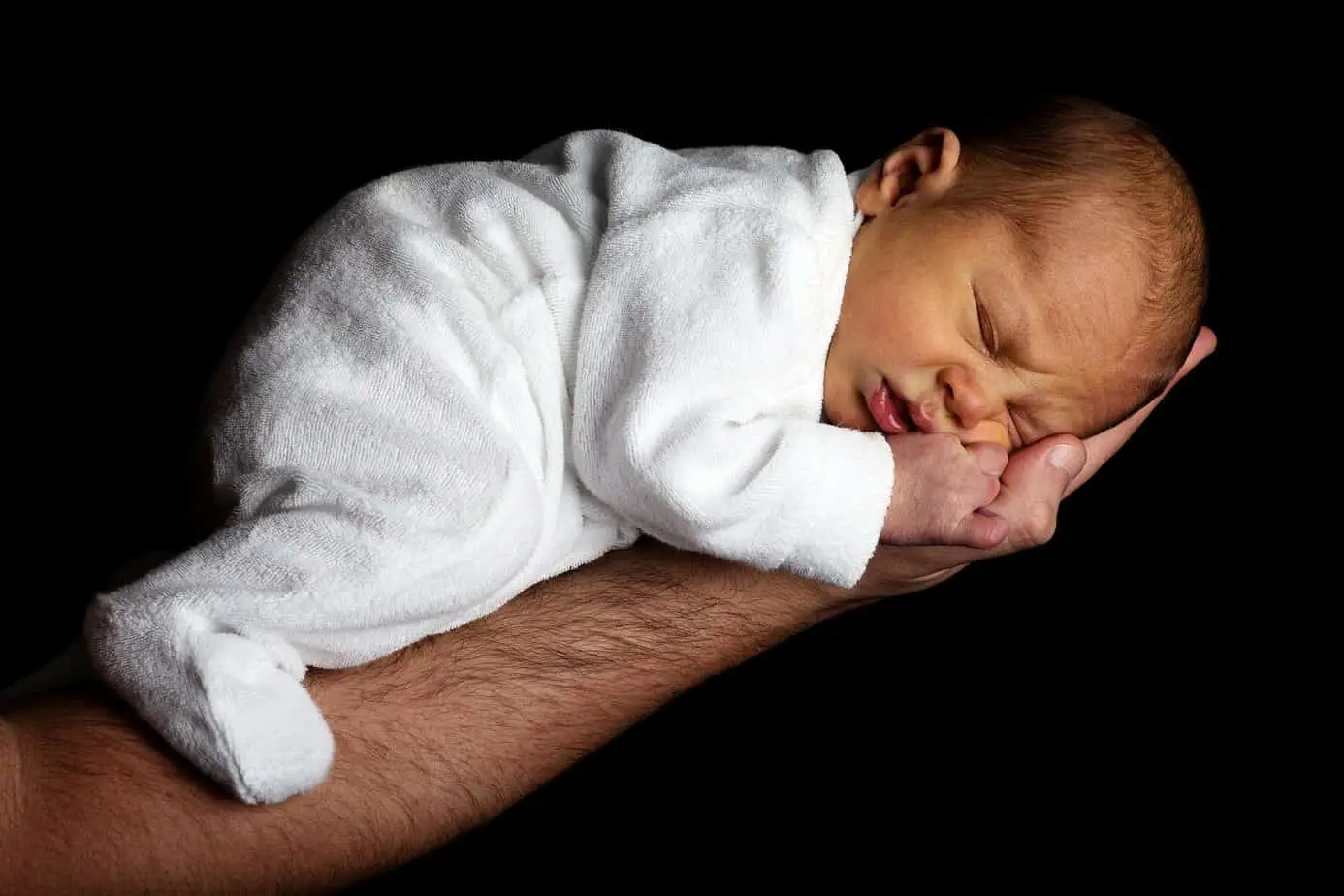Twins Help Shed Light on Autism and Heritability
A group of Swedish researchers have explored whether there’s a genetic association between autistic traits and atypical sensory reactivity. The results were published in the Journal of the American Academy of Child & Adolescent Psychiatry in February 2018. 12,419 Swedish twin pairs participated in the study. Autism Spectrum Disorder (ASD) is a range of conditions classified as neuro-developmental disorders. It’s characterized by social-interaction difficulties, communication challenges and a tendency to engage in repetitive behaviors. These difficulties can be mild, severe or somewhere in between.
Common features of Autism Spectrum Disorders
The researchers used 3,586 monozygotic* and 8,833 dizygotic twins to look into the association between autistic traits and sensory reactivity. Atypical responses to sensory stimuli are common features of Autism Spectrum Disorders. Some autistic children are over-responsive to sensory input and has difficulty filtering out irrelevant input. Other autistic children struggle with being under-responsive to sensory input and are therefore not registering and attending to adequate amounts of sensory input. Consequently, atypical sensory reactivity is now a diagnostic feature of Autism Spectrum Disorder.
*Monozygotic twins share a placenta, dizygotic twins have separate placentas. All fraternal twins are dizygotic twins. One third of identical twins are dizygotic twins.
Autistic traits are highly heritable
The results showed that autistic traits and sensory reactivity were both highly heritable. The researchers concluded that the genetic overlap observed between autistic traits and sensory reactivity support the notion that Autism Spectrum Disorder and sensory reactivity are strongly linked.














